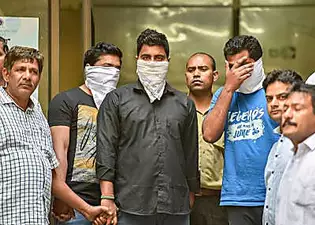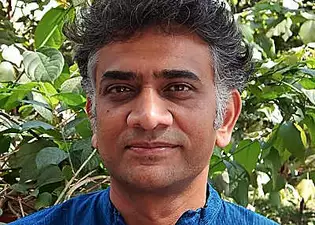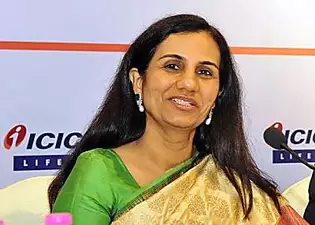This is Google's cache of http://www.business-standard.com/article/pti-stories/focus-on-making-agriculture-viable-profitable-vp-to-scientists-118033100570_1.html. It is a snapshot of the page as it appeared on 31 Mar 2018 20:18:36 GMT.
The current page could have changed in the meantime. Learn more
Full versionText-only versionView sourceTip: To quickly find your search term on this page, press Ctrl+F or ⌘-F (Mac) and use the find bar.
Focus on making agriculture viable,profitable;VP to scientists
ALSO READ
Need to double maize yield to boost farmers' income: SinghNutritious food should be promoted in PPP mode: AssochamWheat production likely to hit 100 MT target this yearASSOCHAM-EY study suggests 2-pronged strategy to boost nutritious & diversified food production in country5.27 lakhs Fair Price Shops (FPSs) are operational across the country
Vice President M Venkaiah Naidu today said that the agriculture sector needs a great deal of attention as he called upon farm scientists to focus on makingagriculture viable, profitable and sustainable.
"I have always held that the agriculture sector needs a great deal of attention because a majority of Indians still rely on agriculture and allied occupations in the rural areas for their livelihood," Naidu said.
The Vice President said there is a situation today where despite phenomenal increase in food production,farmers are not able to get adequate returns from their investment.
"Agriculture remains an unattractive vocation to many families. We must change this situation," an official release quoted him as saying.
Naidu was interacting with the Agricultural Researchers on 'Doubling Farm Income by 2022 in Andhra Pradesh and Telangana' at ICAR - Indian Institute of Rice Research here.
He urged the scientists to come out with innovative and out-of-box solutions to meet the challenges faced by farmers.
He pointed out that lack of quality seeds was one of the problems faced by farmers. Another issue that needed attention was rising input costs. Crop diversification and promoting allied farming activities like backyard poultry were equally important to increase farmers' incomes, Naidu said.
The Vice President also wanted the scientists to make e-NAM more popular with the farming community.
Stressing the need for home-grown food security, he said both productivity and production have to be increased as the country cannot depend on 'imported food security'. He wanted Krishi Vigyan Kendras to become hubs of activity for farmers.
Asking scientists and researchers to spend 'considerable time' with farmers to come out with practical solutions, Naidu suggested that staying with farmers be made mandatory for students pursuing agricultural courses.
Naidu also said it would also be possibly beneficial if there was a two way dialogue between agriculture scientists and farmers so that the researchers not only understood farmers problems, but also study any innovative practises which the farmers might have already taken up.
He said in addition to knowledge and awareness, it was also important for timely adequate credit to be made available to all farmers. As the vagaries of nature impact the agricultural sector, they also needed to be given adequate financial protection through crop insurance, Naidu said.
Asking agricultural scientists and managers to come up with solutions that will impact farmers' lives positively and increase their incomes,he said focus should be on production and productivity to have adequate home grown food security.
At the same time it was not merely increasing production and per acre productivity alone which is important. Along with technology transfer and intensification of agriculture, there must be strategic diversification' and attention to the key linkages in the eco-system, he said.
Farmers must be supported through market information, warehousing and cold storage facilities as well as the credit, marketing and insurance facilities," he said.
"I am happy that each one of you is engaged in doing your best in your domain. I would urge each of you to think further on possible solutions to these challenges and as agricultural scientists and managers, come up with solutions that will impact farmers' lives positively and increase their incomes," he said.
(This story has not been edited by Business Standard staff and is auto-generated from a syndicated feed.)
First Published: Sat, March 31 2018. 19:45 IST























RECOMMENDED FOR YOU